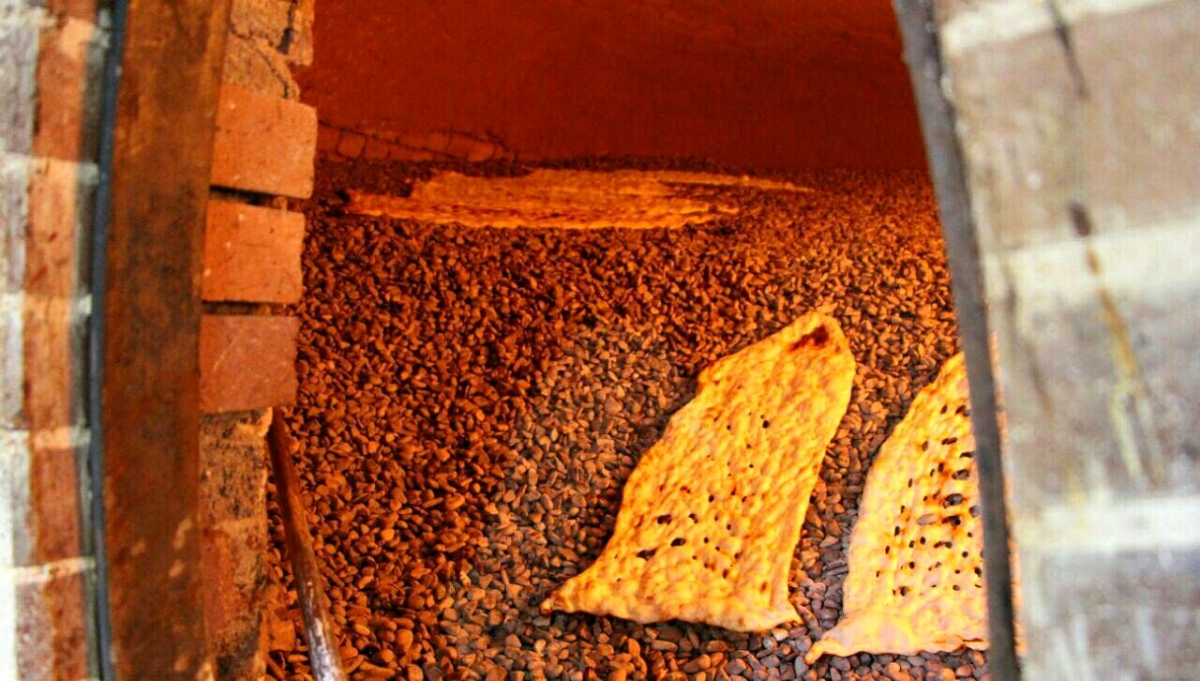Rugbrød is a delicious, nutritious and long-lasting bread that is very popular in Denmark. This bread typically has rye flour, rye berries, and sourdough leavening, as well as many seeds, beer, fermented milk and more. I’ve broken down the ingredients into categories so you can work with what you have, and then enjoy many days of open-faced sandwiches and butter-slathered crisps.
Ingredients
Flour 275g (2 cups)
- 215g whole grain sprouted spelt flour (rounded 1 1/2 cup)
- 60g whole grain sprouted rye flour (scant 1/2 cup)
Liquids 390g (1 2/3 cup)
- 180g water (3/4 cup)
- 90g kefir milk or buttermilk (3/8 cup)
- 90g dark beer (3/8 cup)
- 30g maple syrup, honey or barley malt syrup (1 1/2 Tbsp)
Seeds and Berries 465g (approx. 3 3/4 cup)
- 260g (1 3/4 cup) whole sprouted organic rye berries or organic rye berries. This is about 175g (1 heaping cup) before hydrating.
- 45g pumpkin seeds (1/3 cup)
- 35g sunflower seeds (1/4 cup)
- 35g hemp seeds (heaping 3 Tbsp)
- 35g coarsely ground flax seeds, use a mortar and pestle or mill (scant 1/4 cup)
- 20g whole flax seeds (scant 3 Tbsp)
- 20g sesame seeds (heaping 2 Tbsp)
- 15g chia seeds (1 Tbsp)
Leaven and Salt
- 160g sourdough starter (~2/3 cup)
- 9g salt (1.5 tsp)
Instructions
- Hydrate and sprout about 175g (1 heaping cup) rye berries, which makes approximately 260g when hydrated. Or hydrate 175g already-sprouted rye berries.
- To sprout rye berries, soak them in water in a bowl or jar for about 6 hours, then drain the excess water, rinse and drain again, and cover with a towel or sprouting lid (mesh screen). Sprouts will form after an additional 6-18 hours. Rinse and drain every twelve hours while sprouting. Then refrigerate for up to 5 days in a ventilated jar.
- To rehydrate already-sprouted rye berries, soak in water for 12-24 hours, then drain the excess water.
- Build 160g of 100% hydration mature starter.
- Combine all of the ingredients in a large bowl and mix until everything is incorporated. (Stand mixer with dough hook or paddle attachment works well.) The dough will have a thick batter consistency, not flowing off a spoon but still scoopable.
- Cover the bowl and let the dough bulk ferment. This takes about 5 hours at warm room temperatures (78F/26C) and longer if the ambient temperature is cooler, or if you refrigerate the dough for any portion of time. Make sure to flip the dough in the bowl after a long refrigeration to redistribute heat and moisture. The bulk fermentation is finished when you shift the dough with a spatula and see web-like strings of gluten.
- Pour/scrape the batter into a greased loaf pan. Smooth the surface of the dough with wet fingertips and cover.
- Proof 12-20 hours in the refrigerator, or 2-3 hours at room temperature, or a combination of cold and room temperature. (See the gallery for examples.) The dough will be rounded-puffy at the edges and have holes from popped bubbles when it is ready to bake.
- Preheat your oven to 425F.
- Decorate the top of your proofed dough with extra seeds or a flour stencil.
- Bake the bread uncovered for 70-85 minutes, until the internal temperature is about 210F.
- Let the bread cool for about 30 minutes, then remove it from the pan.
- If possible, wait 24 hours before slicing the bread to allow the crumb to set.
- Store the bread wrapped in parchment paper, a bread bag, bee’s wrap or a flour sack towel for about a week outside the refrigerator. You can also slice and freeze the bread tightly wrapped in plastic.




Leave A Comment